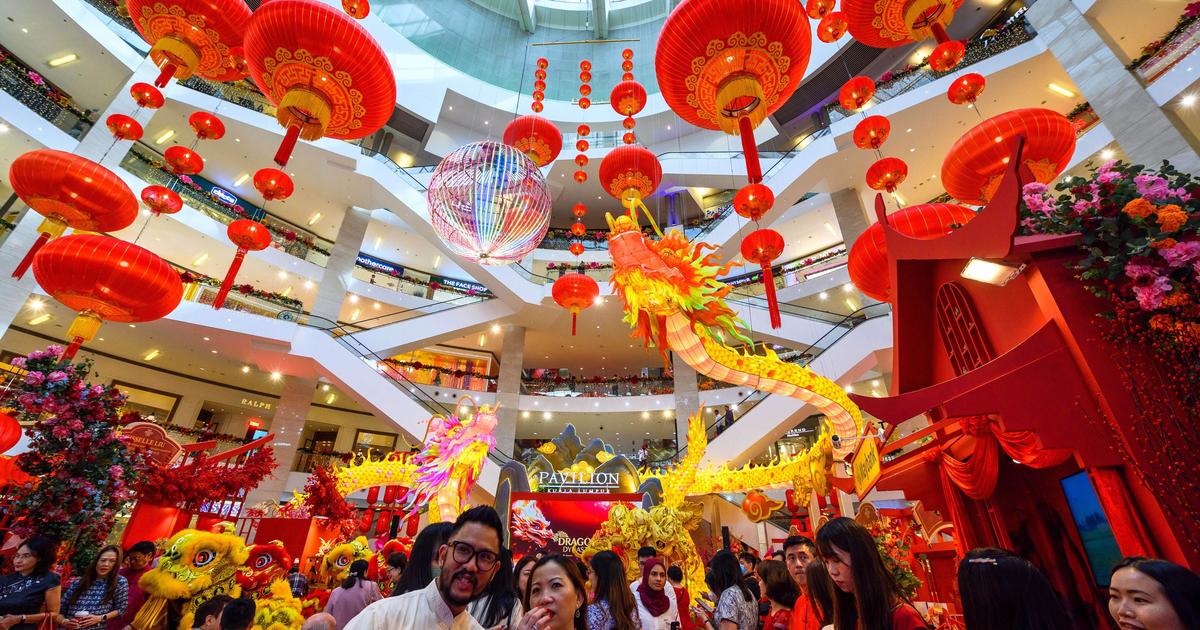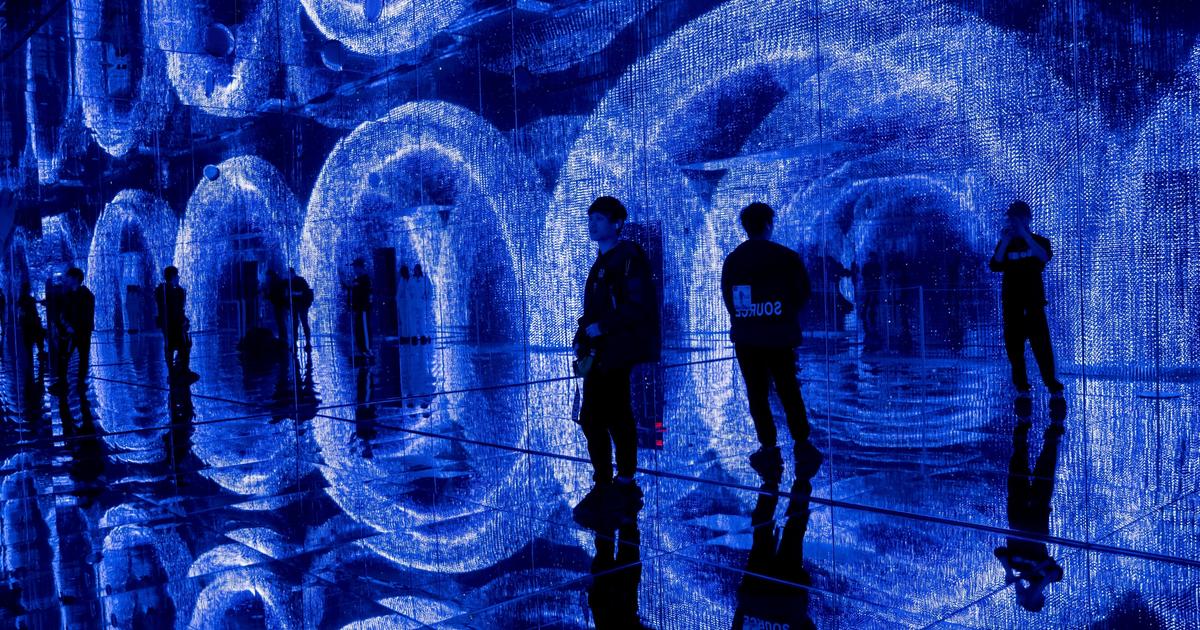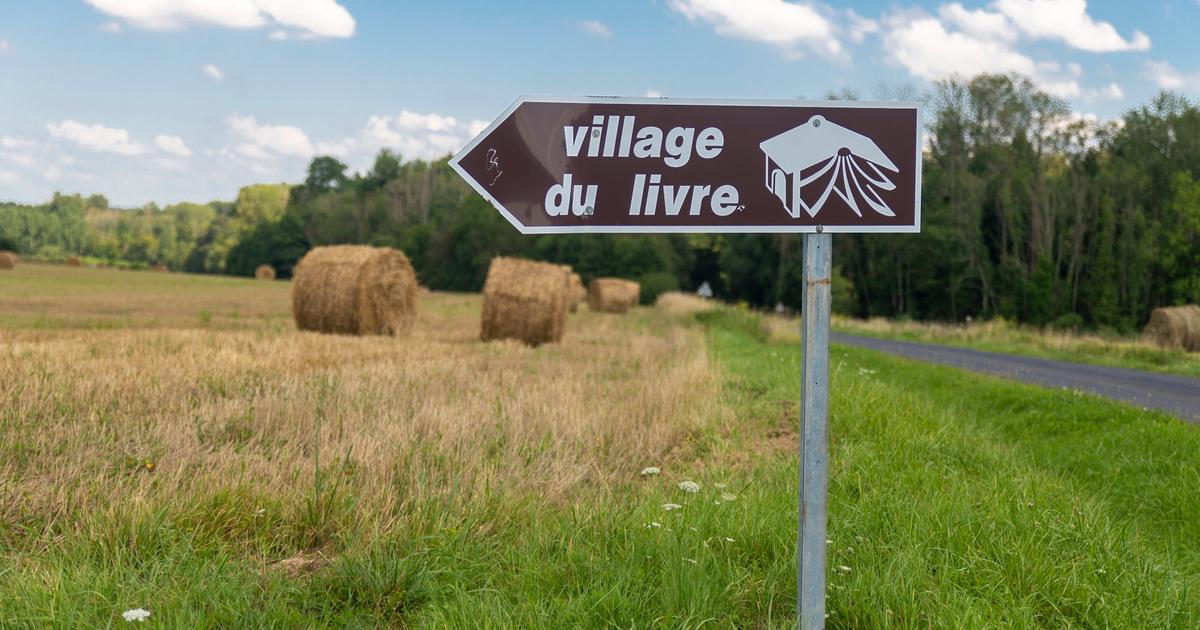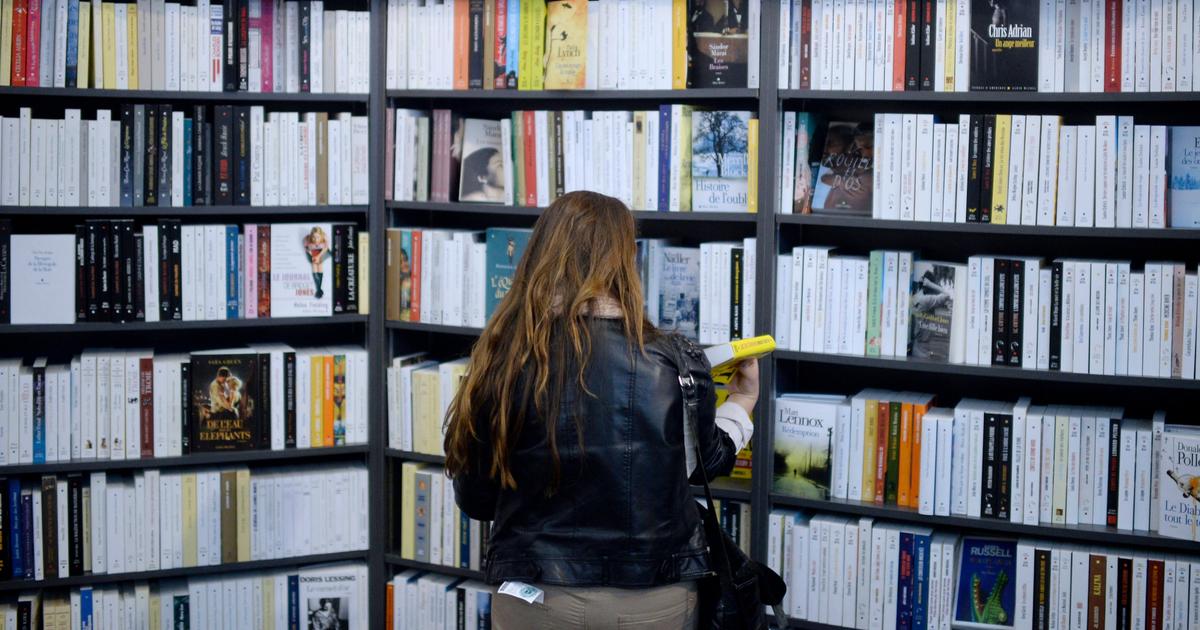M+, which has been collecting contemporary visual cultural exhibits after a long absence, will officially open on November 12th (Friday).
The West Kowloon Cultural District Authority arranged a media preview earlier and took the lead in viewing the first batch of collections open to the public. Among them, "Hong Kong: Beyond Here", located in the exhibition hall of the underground lobby, is the first to display a number of selected collections of artistic creation, graphic design, architecture and mobile images. From a personal and collective perspective, it traces the sharp changes in the social outlook for most of the century after the war to the present, and even the projections of the future, including "The Emperor of Kowloon" Zeng Zaocai's calligraphy, and the Rainbow Village under the lens of the well-known photographer Michael Wolf. The story of Hong Kong; there is also "The Drifting Family", which satirizes the plight of Hong Kong's housing. The poster was created with the big portraits of Mao Zedong and the Queen of England to discuss the theme of return. It turns out that visual culture is not only an artistic reflection, but also a daily life.
The opening week of M+ will span 3 weekends. In addition to the exhibition, there will be a number of activities including talks, guided tours, live performances, workshops, and screenings.
In the first year of the museum’s opening, Hong Kong residents with valid identification documents can enter the museum free of charge.
Extended reading: The opening of the M+ Museum presents Hong Kong stories from multiple angles. Curator: No political pressure to change the policy
First preview of selected exhibits:
+23
Stepping into the exhibition hall of the underground lobby of the M+ Museum, there is a door inside the door, a wooden door dotted with the calligraphy of "The Emperor of Kowloon" Zeng Zaozai, leading the audience on a journey through the times.
The grassy folk street graffiti leaves marks on the streets and lanes, lamp posts and mailboxes are everywhere, forming a unique cultural symbol of Hong Kong.
The casual style of the artillery, which escapes the elegance of traditional Chinese calligraphy, has also been criticized by others, who think it is difficult to enter the palace of art, and even unsightly.
Curator: Zeng Zaocai's work is already a symbol of Hong Kong
"But we are not so observant. From the perspective of visual culture, his work has become a symbol of the popular culture platform." This wooden door was purchased by M+ in the early years, introduced by M+ Hong Kong Visual Culture Curator Peng Qiyun "We (an exhibition) want to start with this kind of non-traditional." The meaning of symbolism is self-evident.
A map of Kowloon next to it was full of large writing brushes. Peng Qiyun pointed to the corner to the left, where the West Kowloon Cultural District was located. She smiled slightly, "It's all meaningful."
In the early years, M+ acquired the wooden door created by Zeng Zaocai commissioned by Red Dog Studios, which became the key work of the opening exhibition.
(Photo by Liao Yanxiong)
Variations in art are inseparable from social changes, and they also include the artist's experience.
The timeline of the exhibition began in the 1960s. The "New Ink Movement" in the painting circle has quietly risen. The collision of China and the West with the old and the new builds an avant-garde artistic language.
Artistic creation is connected to the social context
During the June 7 riots, Hong Kong was plunged into social turmoil. The publicity posters of the "Hong Kong Festival" that stabilized people's hearts and the police advertisements with the theme of "Man" can also provide a glimpse of the situation in those days.
Needless to say, a series of advertisements were written by Arthur Hacker, the "Father of Garbage Bugs" and the creative director of the Government Information Service at the time. Closely connected with the social context, the years of Vietnamese refugees in Hong Kong have also triggered artist Tiffany Chung and the new generation of local artists to create "Drifter", which brings history to life.
After the late 1960s, Arthur Hacker, the creative director of the Information Services Department, known as the "father of garbage bugs," designed a series of avant-garde posters, including the promotion of "Hong Kong Festival", "Clean Hong Kong Campaign", and police recruitment Advertising, etc.
(Photo by Liao Yanxiong)
The graphic posters also reflect social trends. On the left is Chen Youjian's "Serving the People", and on the right is Liu Xiaokang's "Should Go Back, Hong Kong Return" and "Finally Come Back, Hong Kong Return".
(Photo by Liao Yanxiong)
Hong Kong is returning, and the two poster series created with the portraits of Mao Zedong and the Queen of England in the exhibition are very eye-catching. They belong to the famous designer Liu Xiaokang's works "Should Go Back, Hong Kong Return" and "Finally Come Back, Hong Kong Return". The fun reflects the heart's voice; Chen Youjian, who is also a design master, his "Serving the People" poster and the "Capital" album lyrics designed for singer Luo Dayou respond to the era with a flat visual.
Houseboat satirizes Hong Kong's abnormal property prices
The artist’s vitality emerges endlessly, and it also reflects the current social issues. The performance artist Huang Guocai’s "Drifting Home" uses a self-made pocket houseboat to go out to sea and "live" in Victoria Harbour. It satirizes Hong Kong's property prices and the nano-style housing environment. People are in a
state of wandering and displacement; M+ commissioned work, Zhang Zhiqiang’s "Transformed Snail House", shows the mobile design of his real home in 1:1, and the staff demonstrates "Pushing the Wall and Transforming" on the spot, showing flexibility and breakthrough limit.
The posthumous work "Building Density #8b" by the well-known German photographer Michael Wolf uses the lens to present the geometric dense layout of the outer wall of Rainbow Village. The curator deliberately placed it in parallel with the official design sketch, reflecting on the official housing policy from a private perspective.
Huang Guocai once used "The Drifting Family" to "living" in the Victoria Harbour to ridicule the deformed property prices in Hong Kong.
Victoria Harbour in the past, West Kowloon (photo by Liao Yanxiong)
Zhang Zhiqiang's "Transformed Snail House" uses a 1:1 "copy" of the mobile design of his real home. Behind the high wall is a fully equipped kitchen with a small bar, etc., breaking through space constraints with ingenuity.
(Photo by Liao Yanxiong)
The well-known German photographer Michael Wolf is good at recording the dense city of Hong Kong with his lens, and the geometry of the outer wall of Rainbow Village can be seen at a glance.
(Photo by Liao Yanxiong)
The well-known architect Zaha Hadid has a close relationship with Hong Kong. She won a design competition for a hilltop complex in Hong Kong in the 1980s, but was not completed in the end. Her surreal sketch style left an unfinished dream in the history of Hong Kong's architecture. .
(Photo by Liao Yanxiong)
Not to be missed in the exhibition is Jiang Ji (Jiang Kangquan)’s commissioned mobile video installation "Mirror Flower in the Sea", which continues the variation of the style of "Illusion of Li Sao", which intends to explore the relationship between people and the city; "Front and Back and Left and Right" is a collection of Hong Kong Well-known films and foreign language films with Hong Kong as the background include "Ghost in the Shell", "2046", "The Thief of the Moon" and other editing clips, which outline and explore the imagination of Hong Kong's past, present and future.
Jiang Ji's "Mirror Flower in the Sea City" intends to explore the relationship between people and the city, and I believe it will also be a popular check-in point after the opening.
(Photo by Liao Yanxiong)
M+ "Hong Kong: Beyond Here" Exhibition
Date: November 12, 2021 to November 27, 2022
Location: M+ ground floor lobby exhibition hall
Ticket price: free for the first year (valid identification documents required)
+2
West Kowloon M+ Museum opens on November 12th. The curtain wall countdown will start on Thursday. The West Kowloon M+ Museum will officially open six special exhibitions on November 12. Reply: Zhengna’s official opinion review the West Kowloon M+︱ opening exhibition of 1,500 collections. You can see the British sculptor Anthony.
Gormley's West Kowloon M+ opens at the end of this year. LED "big canvas" on the outer wall of the roof garden offers a panoramic view of Victoria Harbour
Jiang













